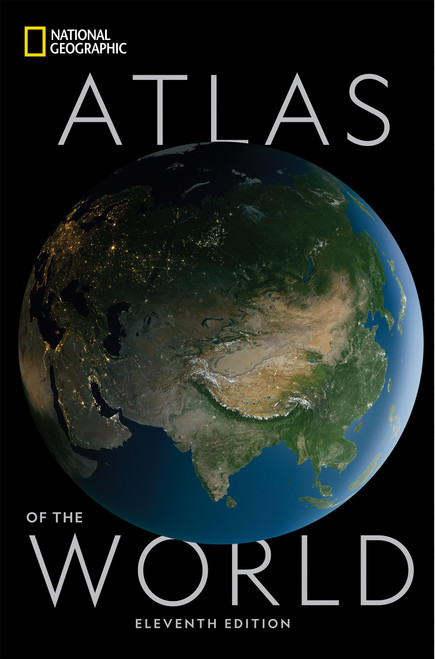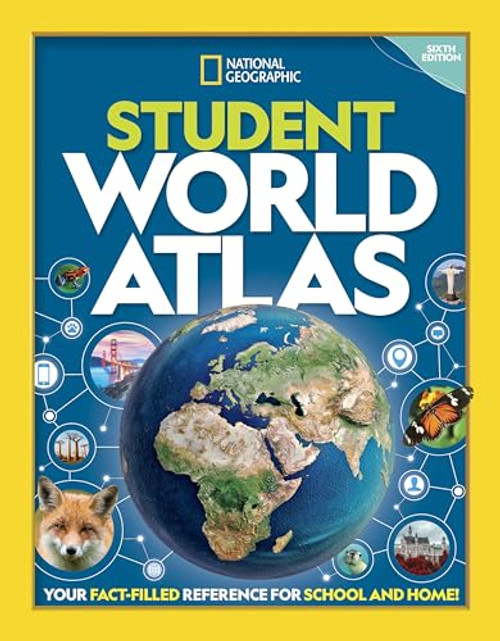The challenge to understanding history lies in the tendency to focus on single scenes instead of the big picture, akin to looking at a tapes-try by examining individual stitches instead of the entire design. The Atlas of World History undertakes a fair-minded journey through the human story by mingling close-up looks at events with broader views of what was then happening elsewhere in the world.
Each of this book's six sections, arranged chronologically, opens with a world map that shows developments at various points of the compass, along with an essay about what was happening and why.
Cross-cultural time lines run through the book like a thick thread, tying all of history together. Thus, as one reads a section on Charlemagne, for example, the time line shows selected events happening in Nubia, in India, in China, and in Cyprus.
The text by author Noel Grove, a staff writer for 25 years with the National Geographic magazine, continues with a world-wide perspective usually ignored in works of history: By A.D. 100, when the Roman Empire was in full swing, some Maya cities were already in decline.
Events are examined for their local as well as global impact: Great empires butted heads and power changed hands, but these episodes fed a...kinship with a wider community.
Here, then, as Daniel J. Boorstin says in his foreword, ...is an invitation to discover both the mystery and the miracle of human experience on our planet, as Grove shapes complex history into an understandable tale with a storyteller's eye for little-known details: Russia's...Peter the Great died at the age of 53 after diving into the Neva River in winter to rescue drowning sailors. And Vikings were not just ruthless killers; they traded as often as they raided, and their wives knew rights that other medieval women could scarcely imagine.
Artwork, maps, and photographs complement the text to tell the story of human history in a single volume.
The challenge to understanding history lies in the tendency to focus on single scenes instead of the big picture, akin to looking at a tapes-try by examining individual stitches instead of the entire design. The Atlas of World History undertakes a fair-minded journey through the human story by mingling close-up looks at events with broader views of what was then happening elsewhere in the world.
Each of this book's six sections, arranged chronologically, opens with a world map that shows developments at various points of the compass, along with an essay about what was happening and why.
Cross-cultural time lines run through the book like a thick thread, tying all of history together. Thus, as one reads a section on Charlemagne, for example, the time line shows selected events happening in Nubia, in India, in China, and in Cyprus.
The text by author Noel Grove, a staff writer for 25 years with the National Geographic magazine, continues with a world-wide perspective usually ignored in works of history: By A.D. 100, when the Roman Empire was in full swing, some Maya cities were already in decline.
Events are examined for their local as well as global impact: Great empires butted heads and power changed hands, but these episodes fed a...kinship with a wider community.
Here, then, as Daniel J. Boorstin says in his foreword, ...is an invitation to discover both the mystery and the miracle of human experience on our planet, as Grove shapes complex history into an understandable tale with a storyteller's eye for little-known details: Russia's...Peter the Great died at the age of 53 after diving into the Neva River in winter to rescue drowning sailors. And Vikings were not just ruthless killers; they traded as often as they raided, and their wives knew rights that other medieval women could scarcely imagine.
Artwork, maps, and photographs complement the text to tell the story of human history in a single volume.










